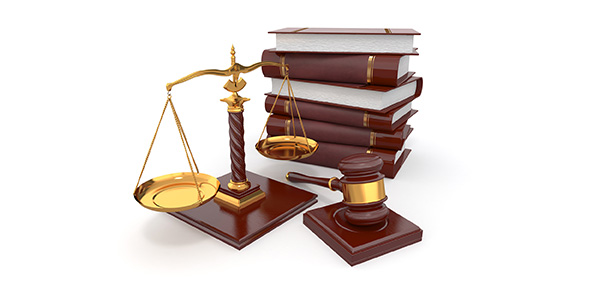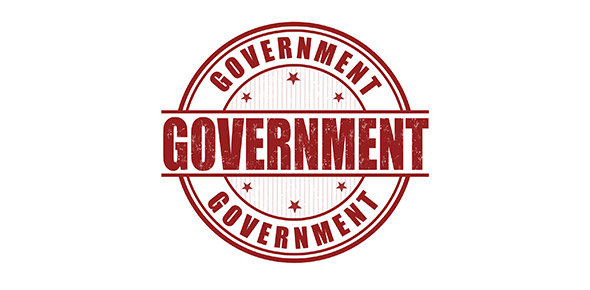Related Flashcards
Related Topics
Cards In This Set
| Front | Back |
|
The oldest political parties in the world are
currently found in:
a. India.
b. the United States.
c. Great Britain.
d. Switzerland.
e. Russia.
|
B
|
|
In Europe candidates for elective office are
generally nominated by:
a. local referenda.
b. aristocrats.
c. party leaders.
d. national primaries.
e. direct democracy.
|
C
|
|
One striking difference between American and
European political parties is:
a. European parties do not
directly choose the chief executive.
b. the American system
centralizes political authority.
c. the American system
decentralizes political authority.
d. political parties in
America are growing stronger.
e. political parties in
America directly choose the chief executive.
|
C
|
|
If an American political party wins control of
Congress, it does not win the right to choose the:
a. senate majority leader.
b. majority party whips.
c. house majority leader.
d. speaker of the house.
e. chief executive.
|
E
|
|
Thomas Jefferson, among other founders of our
nation, was adamantly opposed to political parties because:
a. the Constitution made
clear the dangers of partisanship in government.
b. political parties during
the early years of the republic were both strong and centralized.
c. disputes over policies and
elections were not easily separated from disputes over governmental legitimacy.
d. political parties during
the early years of the republic represented clear, homogeneous economic
interests.
e. it might cost him his bid
to become president.
|
C
|
|
Political parties have declined in significance
as a result of changes in the __________ under which they operate.
a. proportional
b. multi-party system.
c. legal rules.
d. national convention
system.
e. single-member
districts.
|
C
|
|
Compared to the Democratic party during the
1960s and 1970s, the Republican party was:
a. more factionalized.
b. better organized.
c. more loosely organized.
d. underfinanced.
e. only dominant at the
national level.
|
B
|
|
Compared with the Republicans, the Democratic
national party structure:
a. has more participation by
volunteer party activists.
b. has more participation by
the party’s office holders.
c. supplies more financial
help to the party’s candidates.
d. gets more of its money
from small individual contributors.
e. receives more support from
Veterans’ groups.
|
A
|
|
Much of the money raised by political parties is
regulated by the:
a. Supreme Court.
b. executive branch.
c. federal bureaucracy.
d. party chairman.
e. Federal
Election Commission
|
E
|
|
Ideological parties value _____ above all else.
a. money
b. power
c. prestige
d. principle
e. winning
|
C
|
|
The chief disadvantage of a solidary association
is that its members:
a. are looking for patronage.
b. hold fanatical opinions.
c. dislike machines.
d. may not work hard.
e. tend to be lower income.
|
D
|
|
Almost all elections in the United States are
based on:
a. the plurality system.
b. the majority system.
c. proportional
representation.
d. a combination of systems.
e. states’ rights.
|
A
|
|
That the two-party system has persisted in the
United States is perhaps best explained
by what two factors?
a. democracy and the
decentralization of power
b. the strength of political
parties and the media
c. electoral laws and public
opinion
d. religion and the First
Amendment
e. military and economic
power
|
C
|
|
A person wanting to win an election will usually
try to form a(n) __________.
a. soldiery group.
b. ideological party.
c. purposive group.
d. political machine.
e. personal following.
|
E
|
|
Party activists are not likely to:
a. resemble the average
citizen.
b. take issues seriously.
c. work very hard.
d. support candidates with
strong ideological appeal.
e. use the media to promote
their views.
|
A
|





